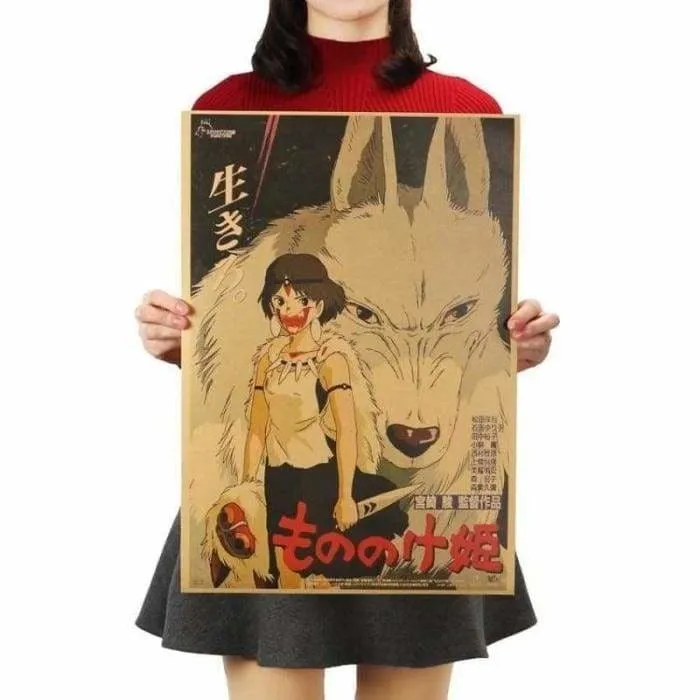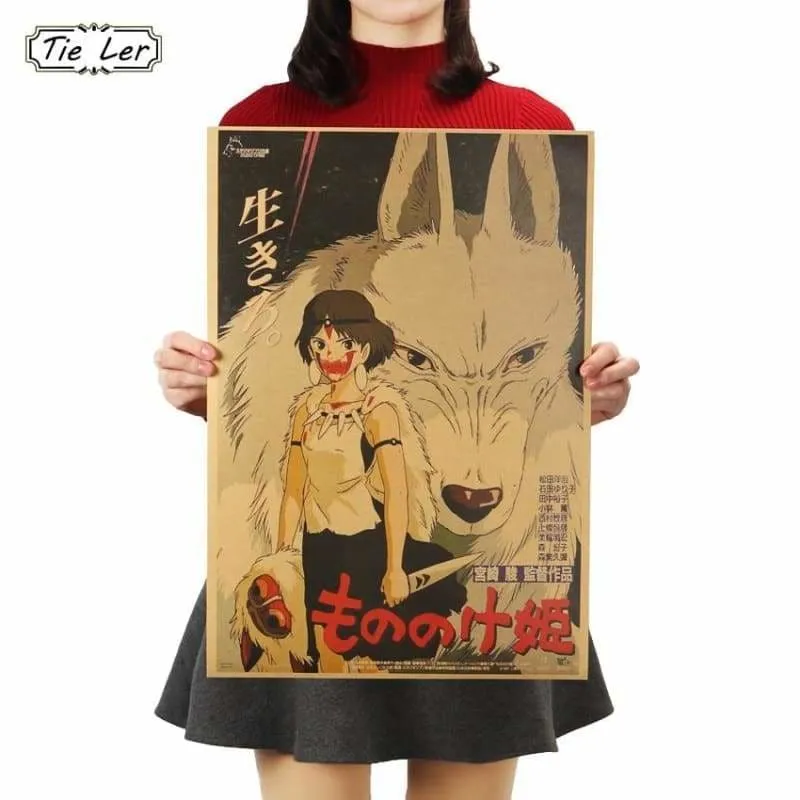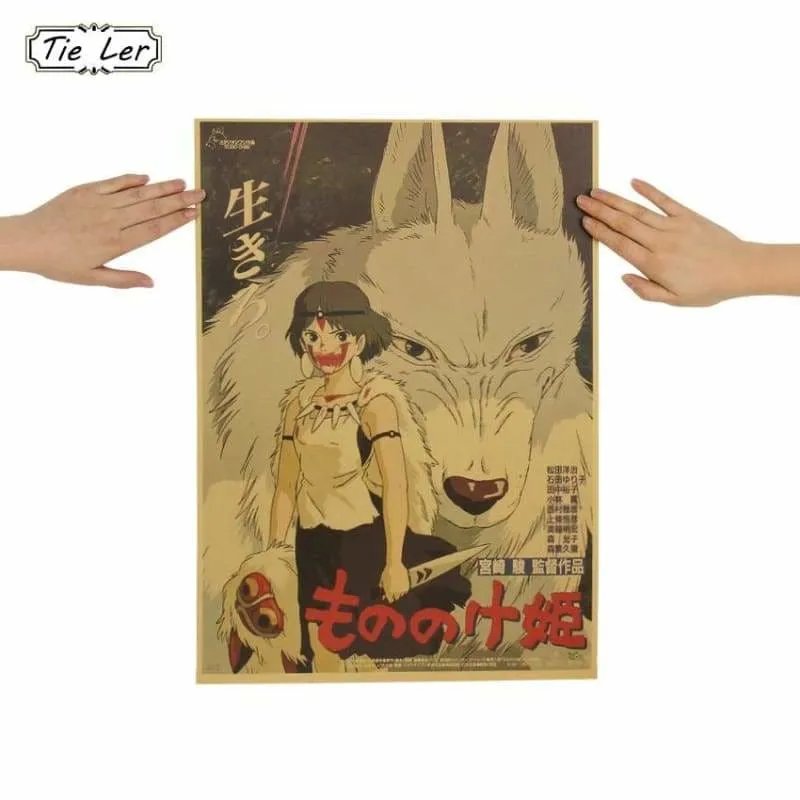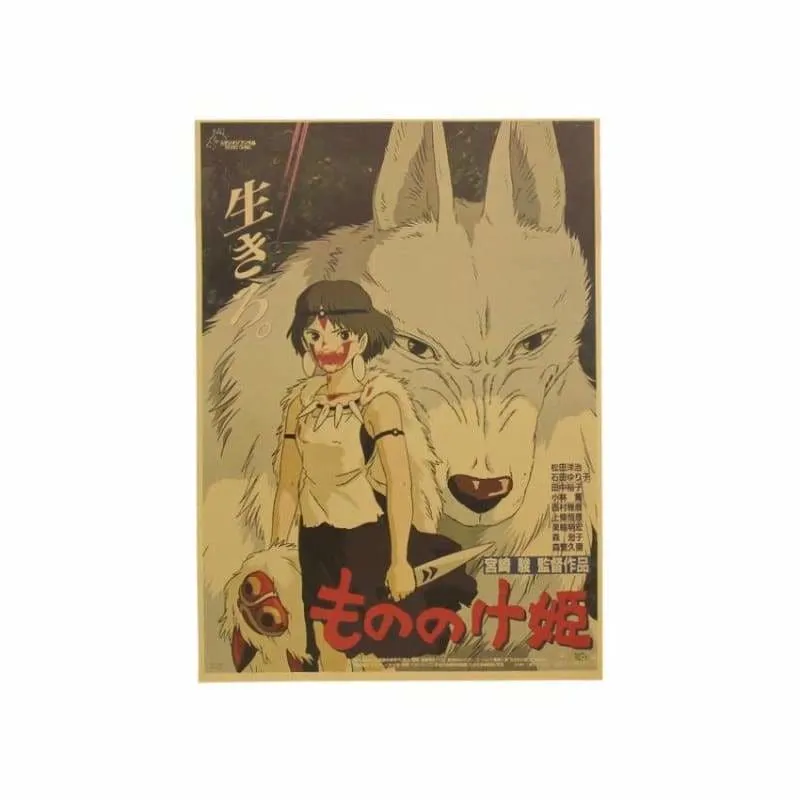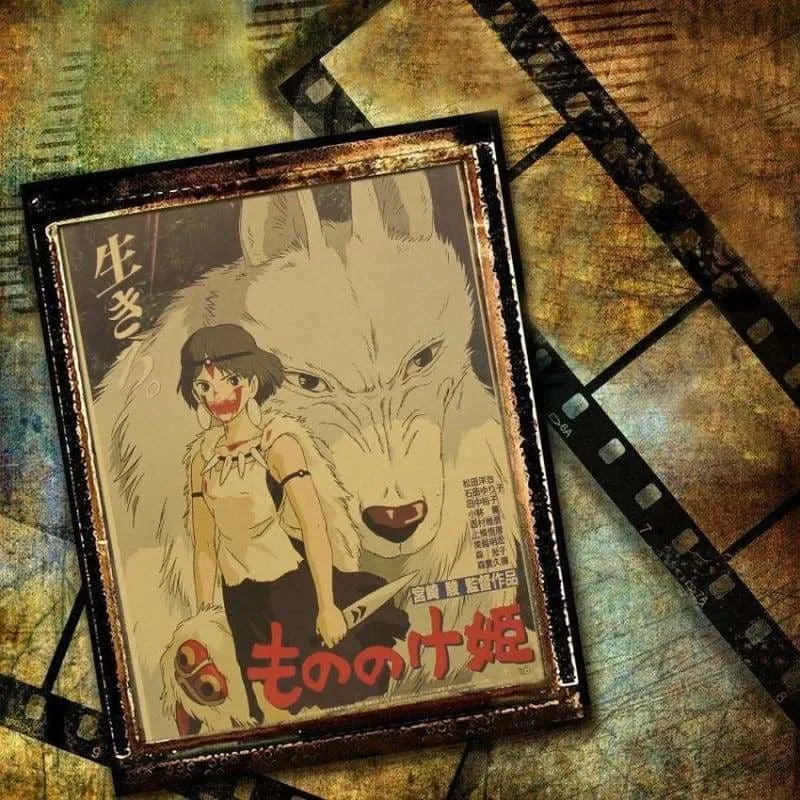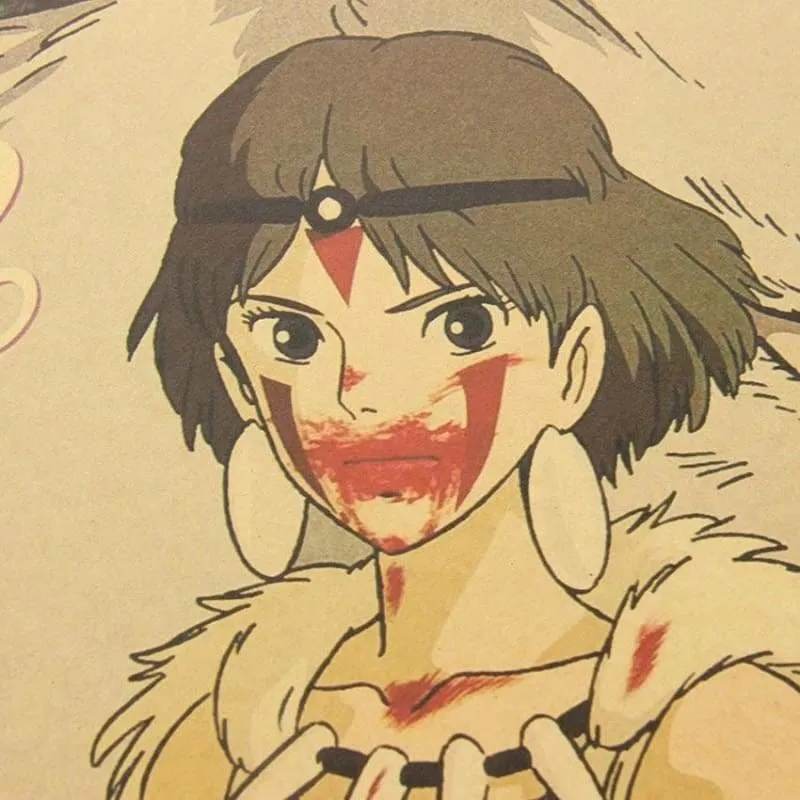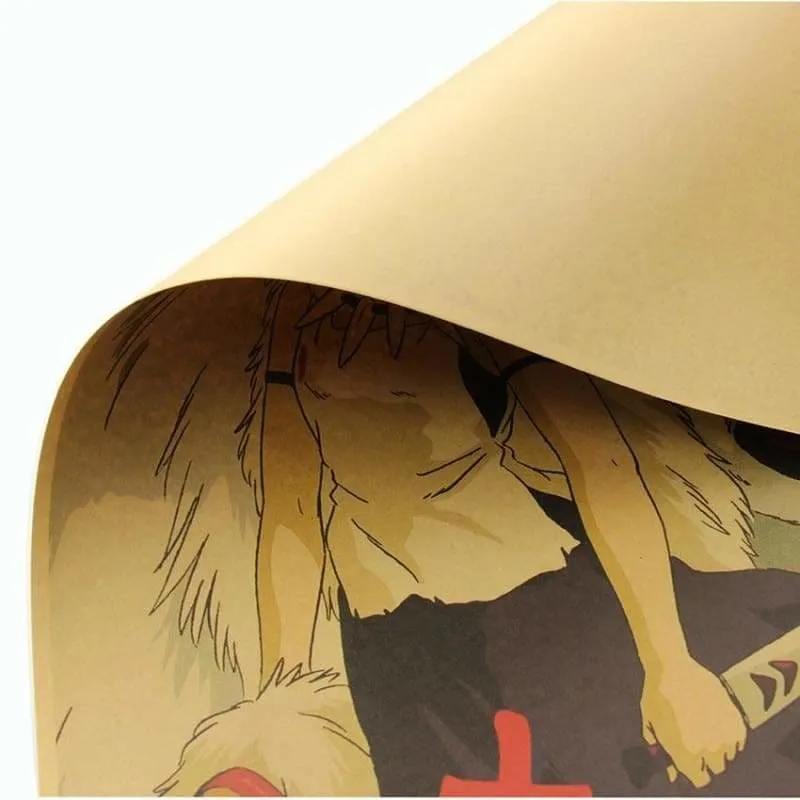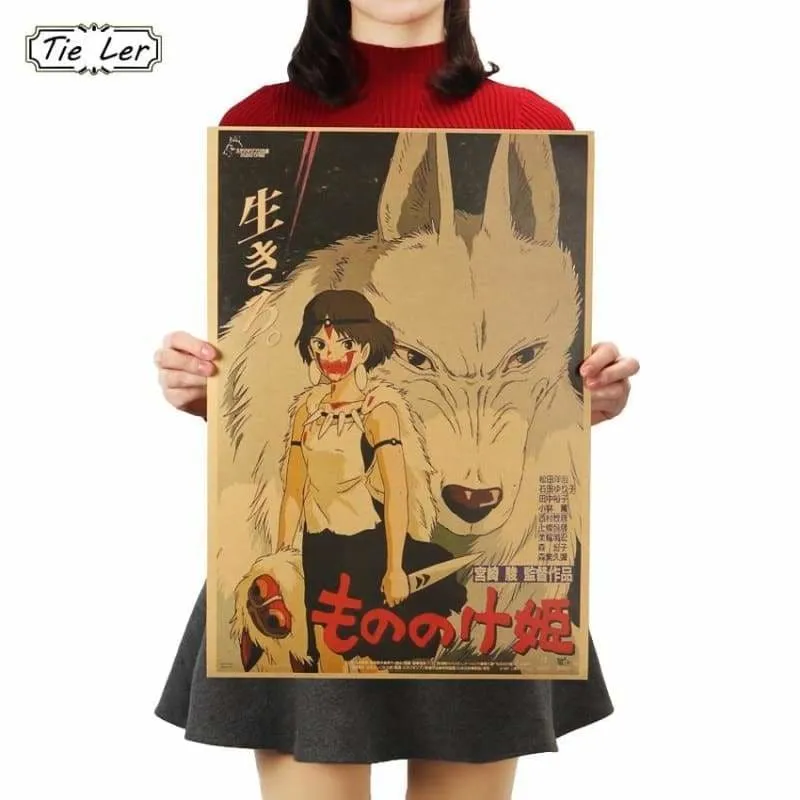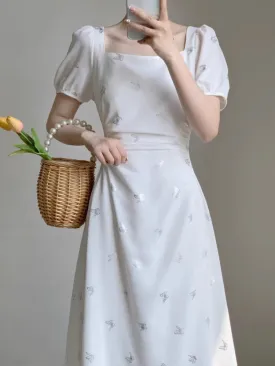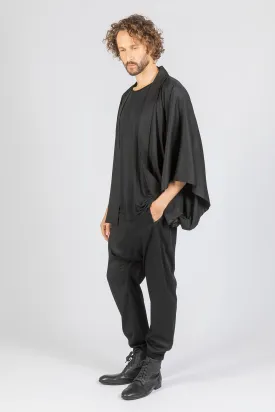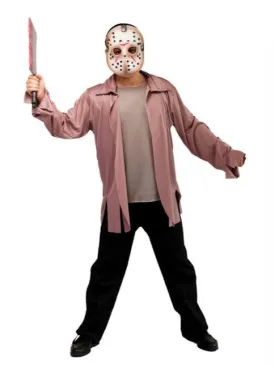🔥🔥 93% OF CUSTOMERS BUY 3 OR MORE 🔥🔥
Princess Mononoke Poster!!!
If you are a big fan of Japanese cartoons, especially Princess Mononoke film, this poster wall is for you. Made high quality and odorless vinyl, it can be easily attached to walls and can be solved without difficulty. Let’s hang the map with a fancy looking frame in any room. It not only shows your love but also lets your home look great! Buy it now!Just click the "Add To Cart" Button Below! There's very limited stock, and they will go soon!
Note: Due to High Demand Promotional Items May Take Up To 2-4 weeks for delivery.
WE SUPPORT AN AMAZING CAUSE
We're thrilled to support Nanhi Pari Foundation is a Girl Child Right Organization which works for Education, Health & Nutrition for Girl Child.
Best Buy Deal'S 7-POINT HAPPINESS CHECKLIST
1. FREE Shipping Worldwide on special offers.
2. Fast, Sure & Safe delivery.
3. Safe Payments via PayPal® and 2Checkout®.
4. 30 Day Money Back Guarantee.
5. Real humans on our support help-desk!
6.Tracking number for every order.
7. We use encrypted SSL certificates for 100% security.
Princess Mononoke Facts
Princess Mononoke is considered by many to be Hayao Miyazaki’s finest work. It’s a complex exploration of the relationship between man and nature; a warning against the damage capitalism and industry can do. Its themes are clear for anyone to see, but where they come from and their influences can be a little more enigmatic to Western audiences. To Japanese viewers who have grown up with a knowledge of Shinto, Japanese literature, and Japanese etymology, these subtleties are far clearer.
What you’ll learn here should answer some popular questions about the film’s title, character names, history, and culture. We’re going to start with some of the simpler trivia and work our way down to the meatier, more culturally contextual details. We hope you learn something!
Many of Miyaki’s films feature protagonists coming into contact with kami – Japanese gods and spirits of nature. The forest in Princess Mononoke is teeming with them throughout the course of the film. But the design of the forest itself is also based off a real-life location: the island of Yakushima, located at the southernmost tip of Japan.
This world heritage site is almost completely covered in thick, dense forest and filled with some rare animals (though it does have a human population of over 13,000). Looking at images of this island, it’s easy to draw parallels to the forest in Miyazaki’s magnum opus.
While you might be familiar with the word from the recent Japanese video game Nioh, Kodama also feature heavily in Princess Mononoke. These silent, mysterious little white creatures who appear throughout the film and occasionally guide the way originate in Japanese folklore. Literally translated as ‘tree spirit’, Kodama traditionally resembled trees themselves, with humans unable to tell the difference (Miyazaki decided to go a different route with their design).
This served as a means of dissuading men from cutting down trees lest they upset the spirits of the forest. The echo phenomenon found in forests was also said to be attributed to the power of the Kodama.
Throughout Japanese traditional history, sufferers of leprosy – which was common across the world centuries ago – were banished from their hometowns and send to isolated sanitoriums. Their families would be shunned by their neighbours and it was often believed that, as is often the case with many world religions, the disease was caused by divine intervention, as punishment for some sin or poor behavior on the part of the victim.
In Princess Mononoke the sufferers of leprosy are given new purpose and opportunity in Iron Town, where they can work and be useful members of a separate society, thanks to Lady Eboshi.
Before the first arrival of the Chinese to Japan, Japan had no formal writing system – as such, they adopted Chinese characters and molded them to their own language. This means that Japanese names are also made up of the same characters (known in Japanese as kanji) and each kanji carries a specific meaning. This means that every child’s name in Japan and China is given careful consideration and carries a specific meaning (you’ll find that many girl’s names in Japanese end in ‘ko’, for instance. This means ‘child’).
In Princess Mononoke, protagonist Ashitaka’s name is made up of the characters for ‘tomorrow’ and ‘bright’. This was likely an intentional choice by Miyazaki to imply that the protagonist is charged with leading the world to a brighter tomorrow.
As for the film’s female protagonist, never is she referred to, in the original Japanese or English dub, as ‘Princess Mononoke’. This confuses many people, and we’ll get to the meaning of ‘mononoke’ in a moment. In the film, she is referred to only as ‘San’, which, in Japanese (and Chinese) means ‘three’.
This is a literal name given to her by the wolf spirit Moro who raised her. San is Moro’s third cub, and this is why the name was chosen. Although, of course, she is not actually Moro’s cub, but rather was rescued and raised by her after San’s parents gave her as a sacrifice in order to have their own lives spared.




